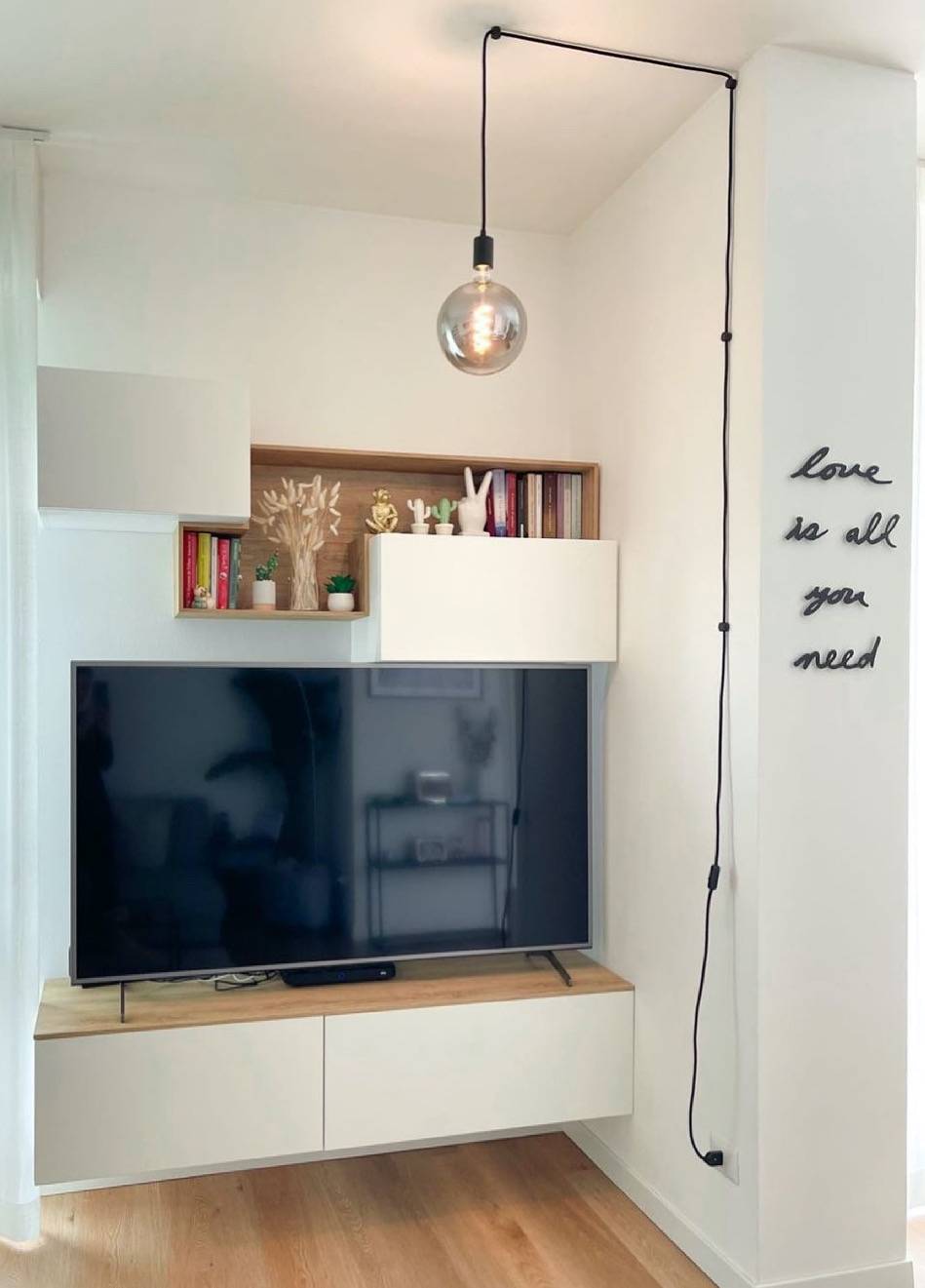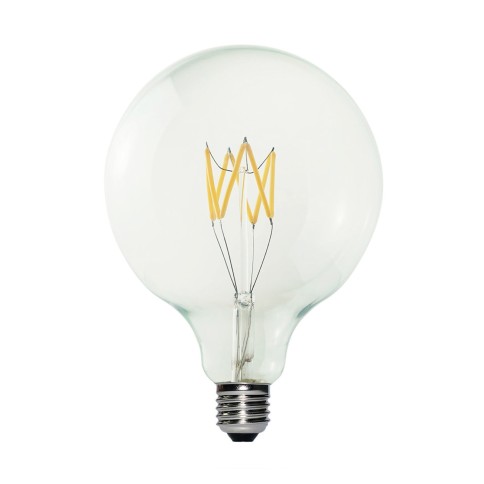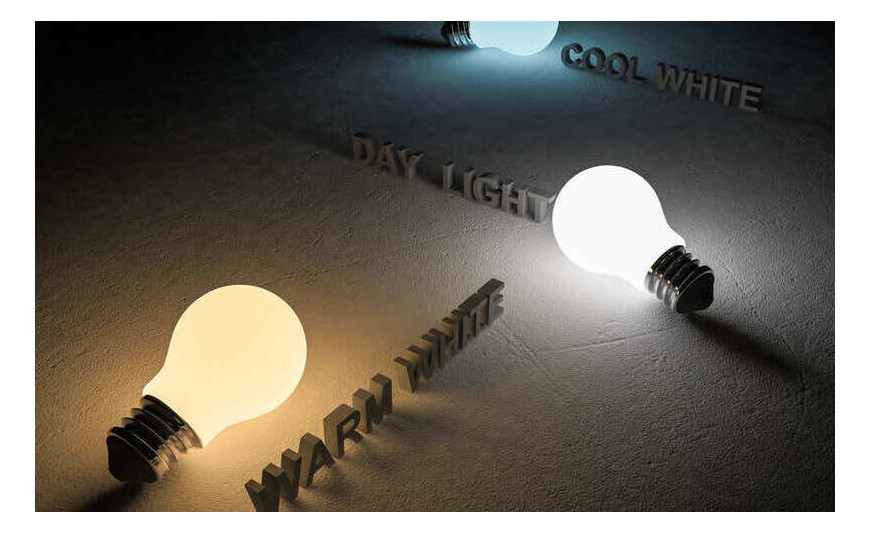Better 100 or 1000 Lumen? Here's how to choose the bulb for every space
- 15 Jan, 2023
- Home , Shopping guides , Curiosities
- 0 Comments

Choosing the right level of brightness is crucial in creating the atmosphere of a room. It is therefore important not to have spaces that are too dark, where you can neither read nor cook. But it is also important not to overdo it, by avoiding "blinding" light when a relaxed and comfortable ambiance is needed. In any case, it is essential to choose the bulb (or bulbs) with the correct number of lumens.
What exactly are lumens? How many lumens are needed per square meter? Is there a direct correspondence between watts and lumens? In this article, we will explore these questions and discover what the ideal solution is in terms of lumens for different rooms such as the bedroom and the kitchen.

Photo @archifact_srl
What exactly do we mean by lumens?
The lumen (lm) is the unit of measurement for the amount of light emitted by a bulb or light source. In other words, lumens measure the total amount of visible light emitted by a bulb. The higher the number of lumens, the brighter the bulb will be.
What about watts? The watt (w) is the unit of measurement for electrical power indicating the amount of electrical energy consumed or absorbed by a device.
Is there a correspondence between watts and lumens?
There was a time when watts were used to measure the power of a light bulb, as the relationship between light intensity and energy consumption was almost constant, but with LED technologies, this relationship is no longer as direct. LED bulbs consume less energy than traditional incandescent bulbs, but produce the same amount of light, or even more, depending on their efficiency. There is no longer a fixed correspondence between the number of watts and the number of lumens. All light bulb packaging includes an indication of the emitted lumens: comparing different bulbs to help estimate the desired brightness.
If you're used to thinking in terms of old watts, here are some approximate conversion examples between lumens and watts for common LED bulbs on the current market:
- A 400-600 lumens LED bulb (which currently consumes an average of 4-5 watts) could be equivalent to a 40-watt incandescent bulb.
- An 800-1000 lumens LED bulb (which currently consumes an average of 6-8 watts) could be equivalent to a 60-watt incandescent bulb.
- An LED bulb producing 1000-1200 lumens (currently consuming an average of 10-12 watts) could be equivalent to a 100-watt incandescent bulb.
In general, it can be considered that with current technology, it takes about 1 to 2 watts to produce 100 lumens with LED lights.
However, the conversion between lumens and watts for LED bulbs can vary greatly and depends not only on the energy class of the bulbs, but also on the color of their glass. For example, for the same power (10W), the lumens produced by the Cone140 bulb in the transparent version are 1100 lm, while they drop to 470 lm in the smoky glass version.
These figures clearly demonstrate the quality of LED lights, both in terms of brightness and energy savings. In fact, LED solutions can save up to 90% compared to old incandescent bulbs and last up to 15 times longer.

Photo @cockyhome
How many lumens per square meter?
The amount of light required per square meter depends on the characteristics and use of the space. For example, a workspace such as an office or kitchen may require more light and generally more lumens than a space such as a bedroom, where softer light is sufficient. It is also important to consider that dark walls tend to "absorb" more light, hence the need to increase the number of lumens. In general, however, an average of 200 to 400 lumens per square meter is recommended for adequate lighting.
Light in the room and in the kitchen: is there a difference?
Yes, there is a difference in the recommended lumen levels for rooms with very different uses, such as the bedroom and the kitchen. These are average values, as the numbers can vary depending on the size, colors, and decor of the room.
In the kitchen, it is essential to have good lighting for daily tasks such as cooking and ingredient preparation. Therefore, excellent lighting and good color rendering are important. For this, we recommend bright and intense lighting of around 1,000 to 3,000 lumens, with a greater focus and directionality on the work area and dining area.

Photo @duelinee_architettura
The living room is a very versatile space where you can engage in various activities, such as watching TV, greeting friends, playing cards, or reading. Therefore, it is crucial to find the right lighting. A lumen range between 600 and 800 is considered adequate, but it can easily go up to 3000 if the room is large. Ideally, combine light sources from soft to bright for different moments or areas. So, yes to chandeliers in the center of the room, but also consider multiple light points cleverly created with wall sconces or table lamps. And don't forget that a dimmer switch can make all the difference.
In the bedroom, the required lumens vary depending on several factors, including size, furniture (especially the presence of a wardrobe or not), or the room's function (e.g., if it's for children). Generally, a lamp between 1000 and 2000 lumens can be suitable for different needs. For bedside tables, however, a soft light that is not glaring but sufficient for reading is recommended: a bulb of at least 150 lumens remains the ideal choice.
Indulge in a relaxing bath or an invigorating shower. Apply makeup or shave, brush teeth, or groom. These are just a few of the activities performed in the bathroom where appropriate lighting is essential. Consider lamps of around 800 lumens above or on the sides of the mirror to avoid shadows on the face. Then add a soft, less intense light of about 300 lumens to create a relaxing atmosphere for bathtub moments.
Finally, transition areas such as corridors or entrances require good visibility, but not overly bright lighting: around 500 to 800 lumens are sufficient.
And what are lux?
This is a unit of measurement used to quantify the illumination or light intensity perceived by an object or surface, that is to say, the luminous flux per square meter. One lux corresponds to the illumination produced by a candle placed at a distance of one meter and evenly distributed over a surface. In summary, lux measures the amount of light that reaches a given surface. The higher the value in lux, the more intense the perceived lighting.

You must be logged in to post comments























0 Comments